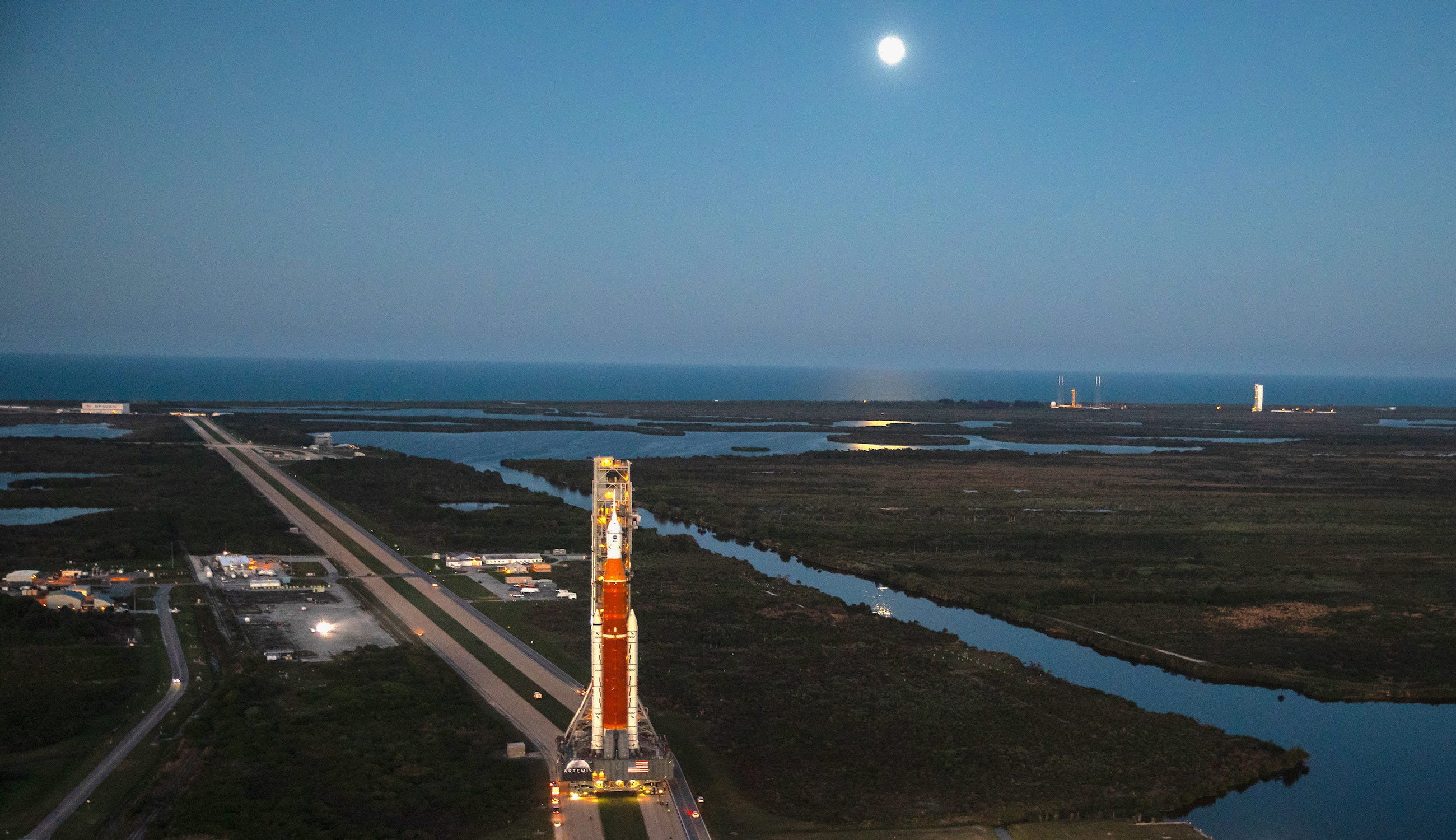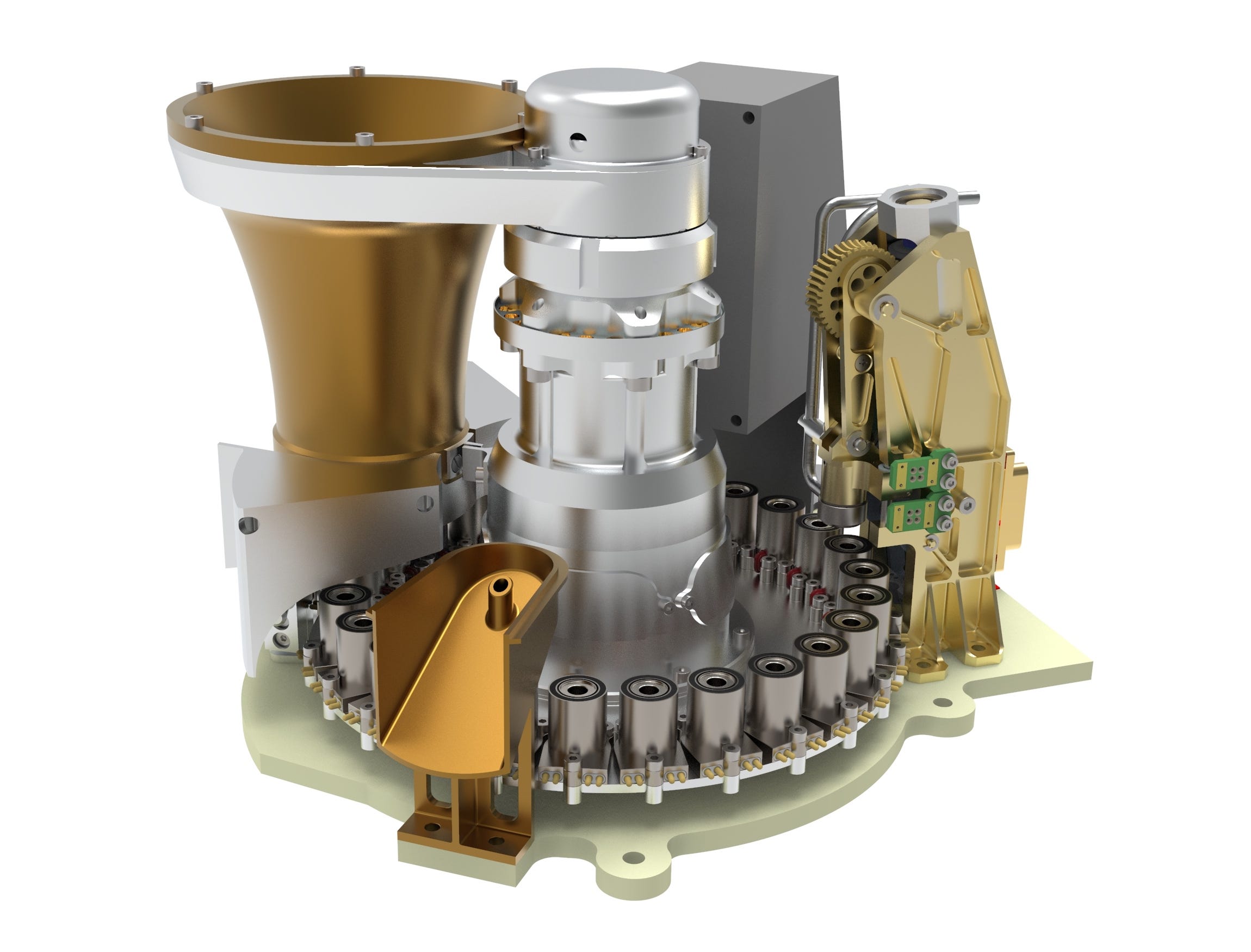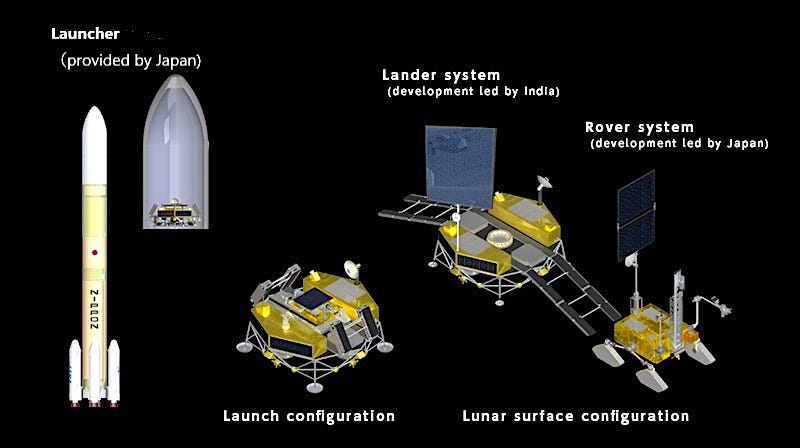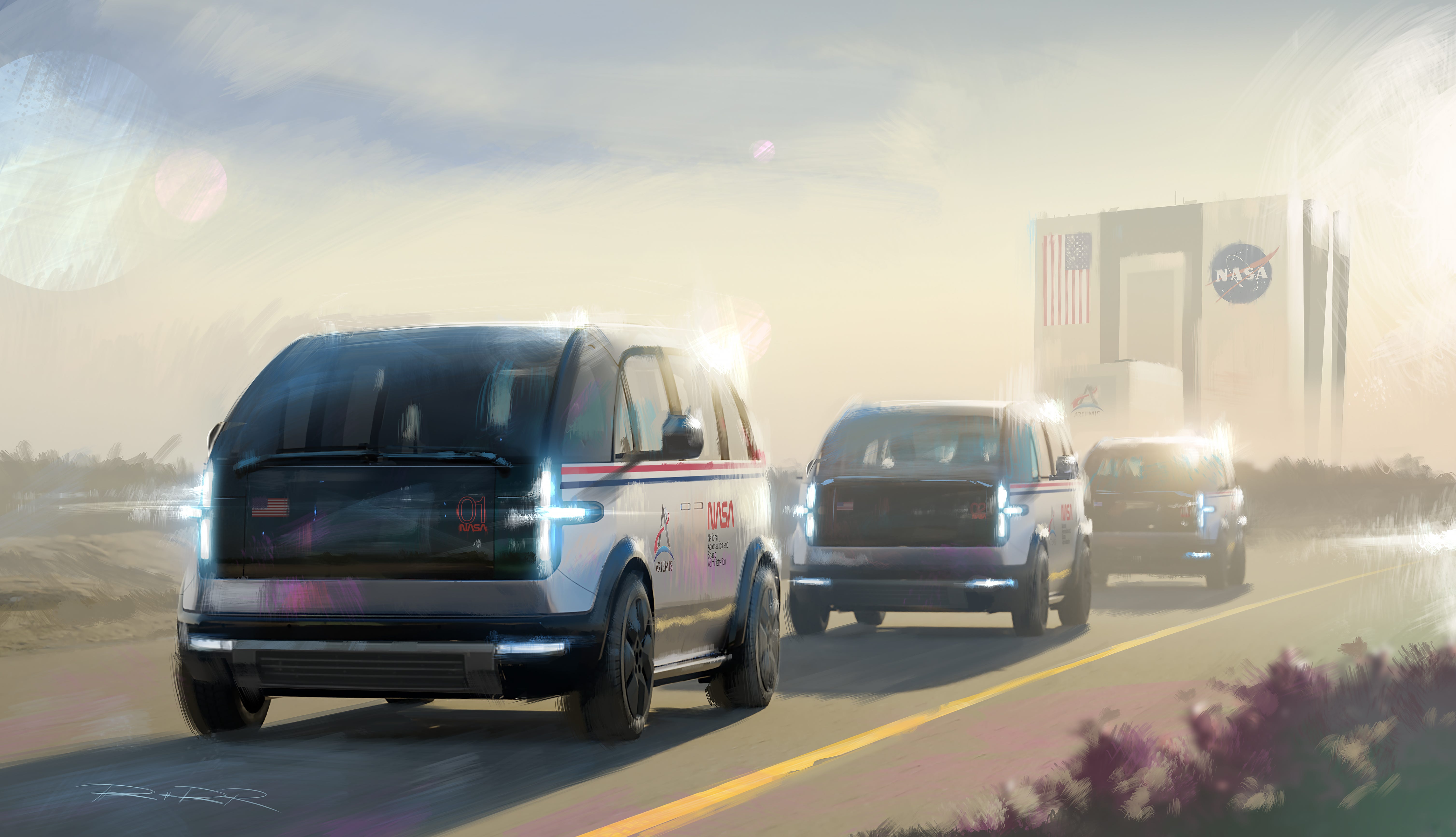Moon Monday #73: An ‘over the Moon’ update, a dry rehearsal for SLS, Europe’s pull away from Russian Moon missions, and more lunar developments
I’m stoked to share and welcome Moon Monday’s first sponsors! By supporting this one-of-a-kind newsletter covering global lunar exploration, science and commercial developments, Epsilon3 and The Orbital Index are endorsing our Moon’s unique and fundamental role in space exploration.
Epsilon3 is a web-based platform for managing complex spacecraft testing and operational procedures. It is designed to help engineers and mission operators building hardware for both Earth orbit and the Moon save time and reduce risk. Laura and Max have been supporting Moon Monday since its early days so I’m glad Epsilon3 is onboard the sponsorship launch.
The Orbital Index is my absolute favorite technical space newsletter, and was in fact part of my inspiration for starting Moon Monday. I couldn’t have gotten a better validation of my work than having Andrew and Ben reach out to sponsor Moon Monday.
Starting sponsorships for this newsletter is a huge step forward. It will help me sustain Moon Monday and hopefully also allow me to spare more time to keep creating lunar articles and resources. If you or your organization would like to sponsor Moon Monday and support my independent writing on all things lunar, email me.
To be clear, Moon Monday sponsors are more like super-supporters, that is, they help sustain the newsletter monetarily without having any editorial control or getting purely promotional perks. To address any ethical concerns my readers and supporters may have regarding this development, I have published an Editorial Independence Policy laying out the exact way I run sponsorships.
The SLS rocket’s wet dress rehearsal comes out dry
The NASA SLS rocket’s already delayed wet dress rehearsal test to verify fueling and defueling procedures and practice launch countdowns before its much awaited liftoff for the Artemis I Moon mission later this year has turned out dry even on the third attempt on April 15. After first troubleshooting and fixing an issue with warmer-than-expected temperatures of liquid oxygen in the rocket’s core stage, operators later encountered another issue when fast-filling liquid hydrogen. The fueling of the core stage ultimately had to be halted after detecting a leak on its mobile launcher’s 10-meter tail service mast umbilical.
Citing issues experienced during the earlier tests with their gaseous nitrogen supplier, NASA said they’ll use this opportunity to roll back the fully stacked SLS rocket to its assembly building to fix both the tail service mast umbilical issue and the second stage’s faulty helium check valve that halted the previous test. During these fixes, NASA will “review schedules and options to demonstrate propellant loading operations ahead of launch”. Said liftoff of NASA’s Moon rocket now seems most likely to be in August at best.

These constant delays are certainly frustrating for fans and foes of the big orange rocket alike but it’s important to remember that at least future SLS launches should have such issues ironed out. If a rocket isn’t going anywhere, by law, we better be patient now than during the launches of its latter, much more crucial missions.
ESA backs out of Russian Luna missions
Prompted by Russia’s invasion of Ukraine, ESA announced on April 13 that it has severed all cooperation on the Russian Luna series of Moon missions, and will fly its various instruments on other international missions instead. ESA is also finding a mission for testing their precision lunar navigation and landing system called PILOT, originally to be onboard Luna 27’s launch in 2027. PILOT is a critical part of ESA’s European Large Logistics Lander (EL3) launching end of decade. EL3 is being designed to support a variety of endeavors such as large rover explorations, sample return, and aiding NASA’s Artemis missions with cargo supplies. However, a render on ESA partner OHB’s site places EL3 first launch post-2030.
Luna 27 was also supposed to deliver to the Moon ESA’s compact and power-efficient oxygen-extracting payload PROSPECT, which includes a drill, a sample handling system, spectrometers, and an oven to detect and study water and other volatile resources. ESA says PROSPECT is now set to fly on a NASA-funded commercial Moon lander in 2025 part of the CLPS program. I’m willing to bet this is actually CLPS’ 2026 south polar mission, which will also feature Australia’s first lunar rover.

ESA’s pulling away from Russia on every major lunar and planetary science project, and towards enhanced cooperation with NASA, makes it almost certain that ESA member states will not join the upcoming joint Chinese-Russian Moonbase and likely sign the NASA-led Artemis Accords instead. Five ESA member states—the UK, Italy, Luxembourg, Poland and Romania—have already signed the Accords. France has expressed an interest in joining too.
More Japanese-Indian LUPEX mission details
In an interview with Geospatial World, ISRO Chief S. Somanath said the joint Japanese-Indian LUPEX rover to explore the nature of water ice and other resources on the Moon’s south pole will launch no earlier than 2025, thereby providing us with the first ever official tentative launch year for the mission. We knew previously that JAXA is building the mission’s 350-kilogram rover, and ISRO the lander to deliver it to the Moon’s south pole.

The LUPEX rover will have both Indian and Japanese instruments—chiefly a drill and a bunch of complimentary spectrometers—to study the nature, amount and accessibility of water ice in its landed region between 89-90°S, making the mission similar to NASA’s VIPER rover. LUPEX will explore its landed region for at least six months, and likely venture into permanently shadowed areas a few hundred meters across. On April 5, ESA signed a collaborative agreement which includes having their mass spectrometer onboard the rover to study the Moon’s exosphere.
While the final instrument suite will be decided in the ongoing mission development phase that started in April, a ground penetrating radar and a thermal probe are key contenders neither of which VIPER has. Findings from them would thus nicely complement results from VIPER. A February talk by ISRO scientist S. Megala has juicier details on the mission. Here’s a PDF of slides from her talk.

Slides: Early details on LUPEX mission3.72MB ∙ PDF fileDownloadDownload
Megala also hinted that ISRO is considering making its next Moon mission after LUPEX to be a sample return one. They’re currently internally referring to it as Chandrayaan 5, meaning LUPEX is considered Chandrayaan 4.
The van that will transport Artemis astronauts on Earth
After asking for proposals last September, NASA has selected Canoo Technologies to provide the next-generation, all-electric vans to transport its future Moon-bound astronauts from suit-up facilities to the launchpad. Formally called the “Artemis Crew Transportation Vehicle”, each of the three vans will be able to carry up to 8 passengers, including 4 fully suited astronauts. NASA expects the van to be ready by June 2023, in time for the liftoff of their first crewed Artemis mission the next year. The vans will also support other related tasks such as prelaunch operations, training and launch countdown tests.

More Moon
- NASA is evaluating with new tests the ability of astronauts to perform mission-related tasks soon after they would land on the Moon or Mars.
- Shared as a small note in the announcement of cutting lunar ties with Russia is that Moonlight, their envisioned commercial lunar communication and navigation service, has been approved by the ESA Council for further development. Moonlight isn’t the only communications network being planned to be deployed around the Moon. Following Aquarian Space and Plus Ultra, Japanese startup ArkEdge Space also intends to join the show, boosted by their recent $18.7 million funding.
- The CHACE-2 mass spectrometer onboard India’s Chandrayaan 2 orbiter has made the first near-global distribution measurements of Argon-40 in the Moon’s exosphere (paper). Such noble gases released from underground elements via radioactive disintegration and then leaked out of the ground are crucial to understanding how the Moon’s surface and exosphere interact.
→ Browse the Blog | About | Donate ♡
